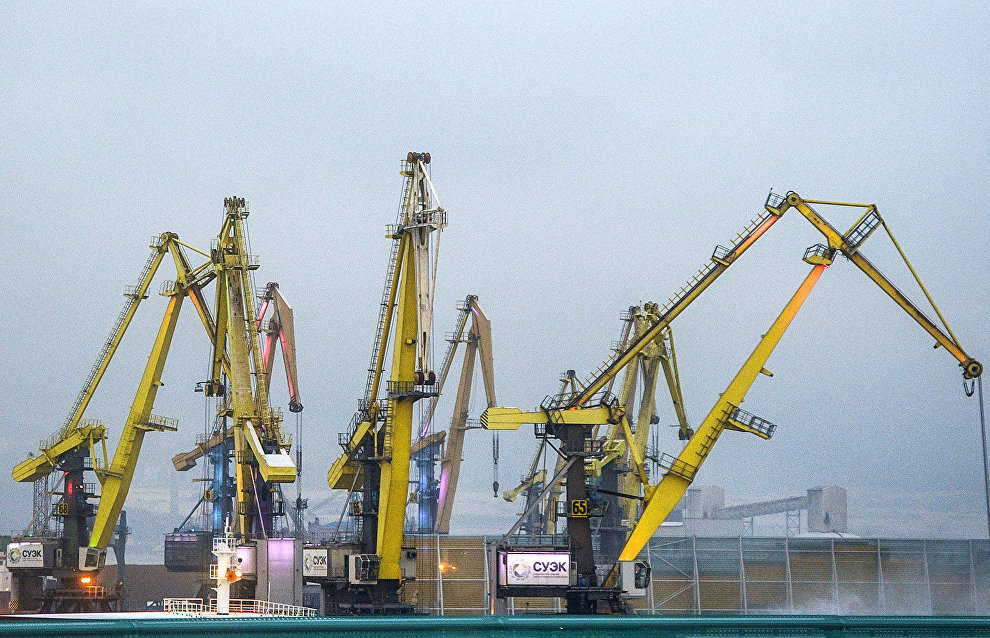Russia to spend 1.8 trillion rubles on Northern Sea Route development by 2035
Prime Minister Mikhail Mishustin approved the development plan for the Northern Sea Route until 2035. It includes over 150 measures, with almost 1.8 trillion rubles in funding.
“The government continues to work on creating the infrastructure of the Northern Sea Route, an essential transportation corridor of national and global importance. The directive that approves its development plan until 2035 has been signed by Prime Minister Mikhail Mishustin,” the document reads.
The cabinet of ministers noted that the main goals of the work on Northern Sea Route development are to ensure the reliable and safe transportation of goods for people living in the Far North, as well as to create conditions for the implementation of investment projects in the Russian Arctic.
The measures include the construction of the Utrenny liquefied natural gas and gas condensate terminal, the Bukhta Sever oil loading terminal, and the Yenisei coal terminal. In addition, the plan provides for the construction of coastal and hydraulic structures to support the Baimskoye field, as well as the creation of marine transshipment complexes for liquefied natural gas in the Kamchatka Territory and the Murmansk Region, and a hub port for organizing transit traffic in Vladivostok, the document says.
“There are also plans to build a transportation and logistics hub in the Korsakov sea port on Sakhalin, develop the Murmansk and Arkhangelsk transportation hubs, and build bunkering and maintenance facilities in the ports of Tiksi and Dikson,” the Cabinet added.
At the same time, the government noted that a separate section of the plan is dedicated to building ships for the icebreaker fleet, including the lead icebreaker of the Leader project, and developing Arctic shipbuilding and ship repair capacities.
The plan also envisages measures to construct 46 vessels for a rescue fleet and equip the Arctic emergency rescue centers of the Emergencies Ministry with helicopters.
“An Arctic satellite constellation will also be created, which will provide hydrometeorological and navigational support for shipping and help assess climate change,” the document concludes.
